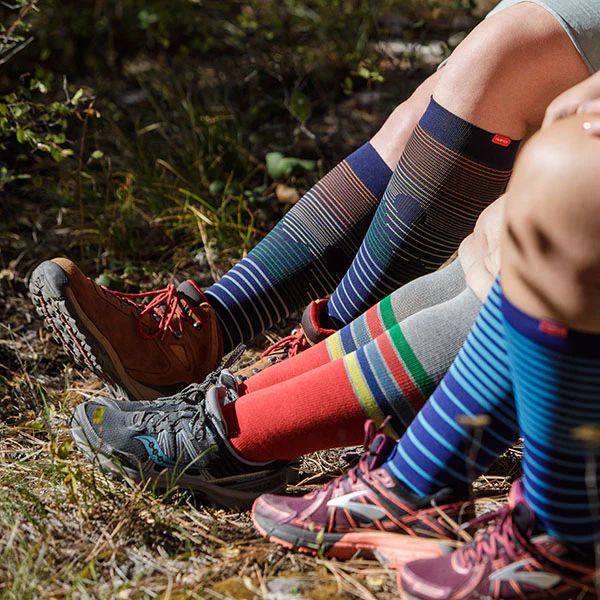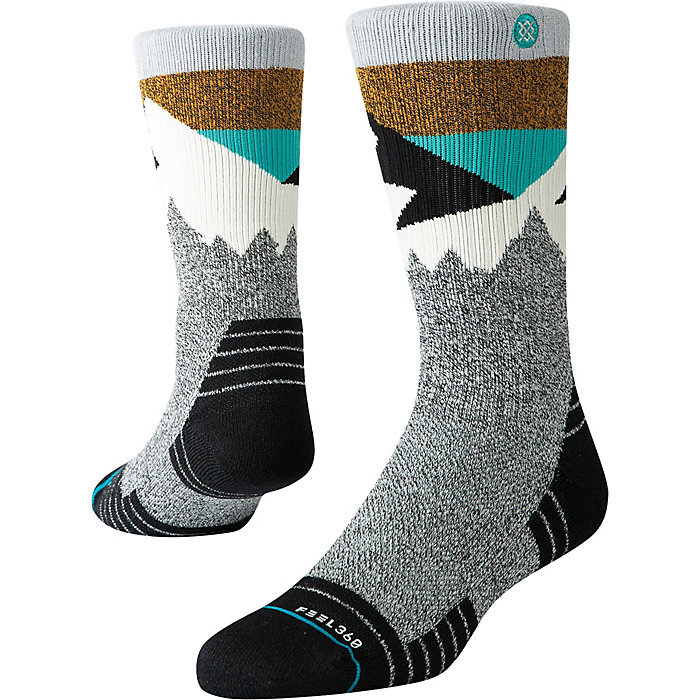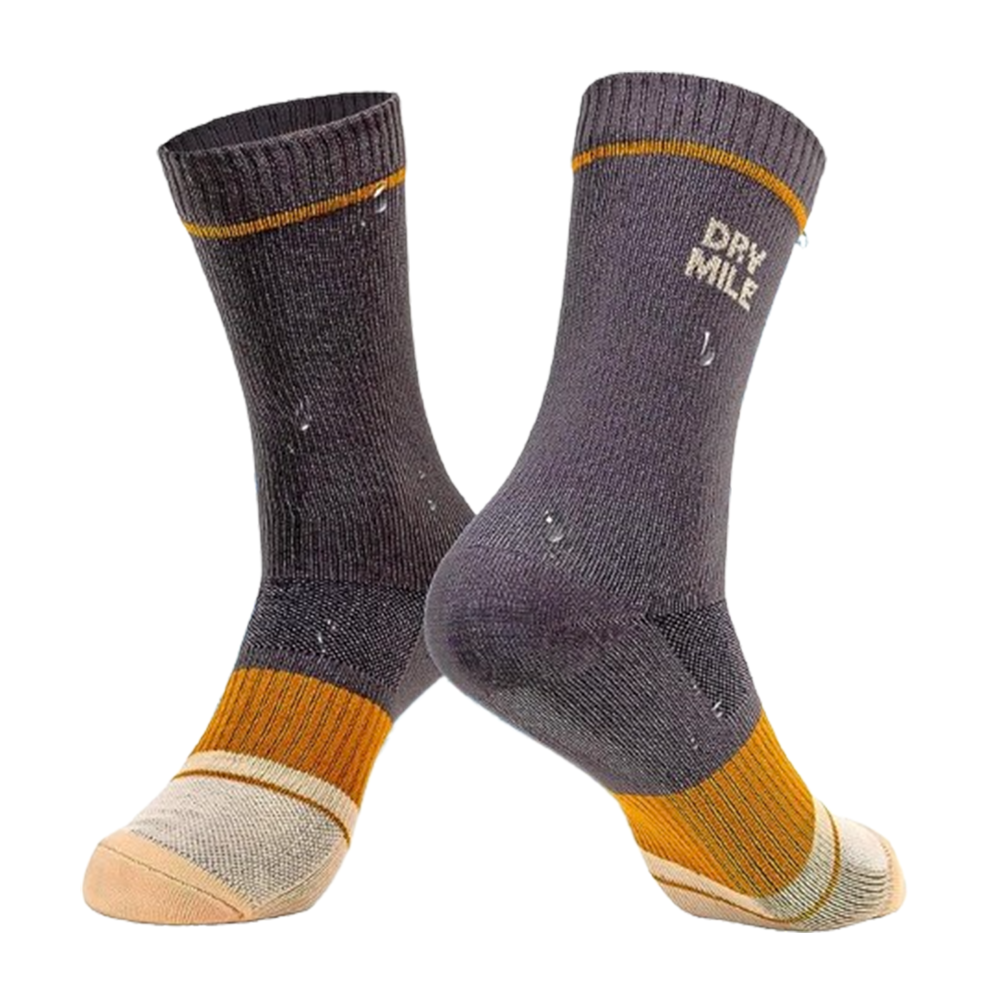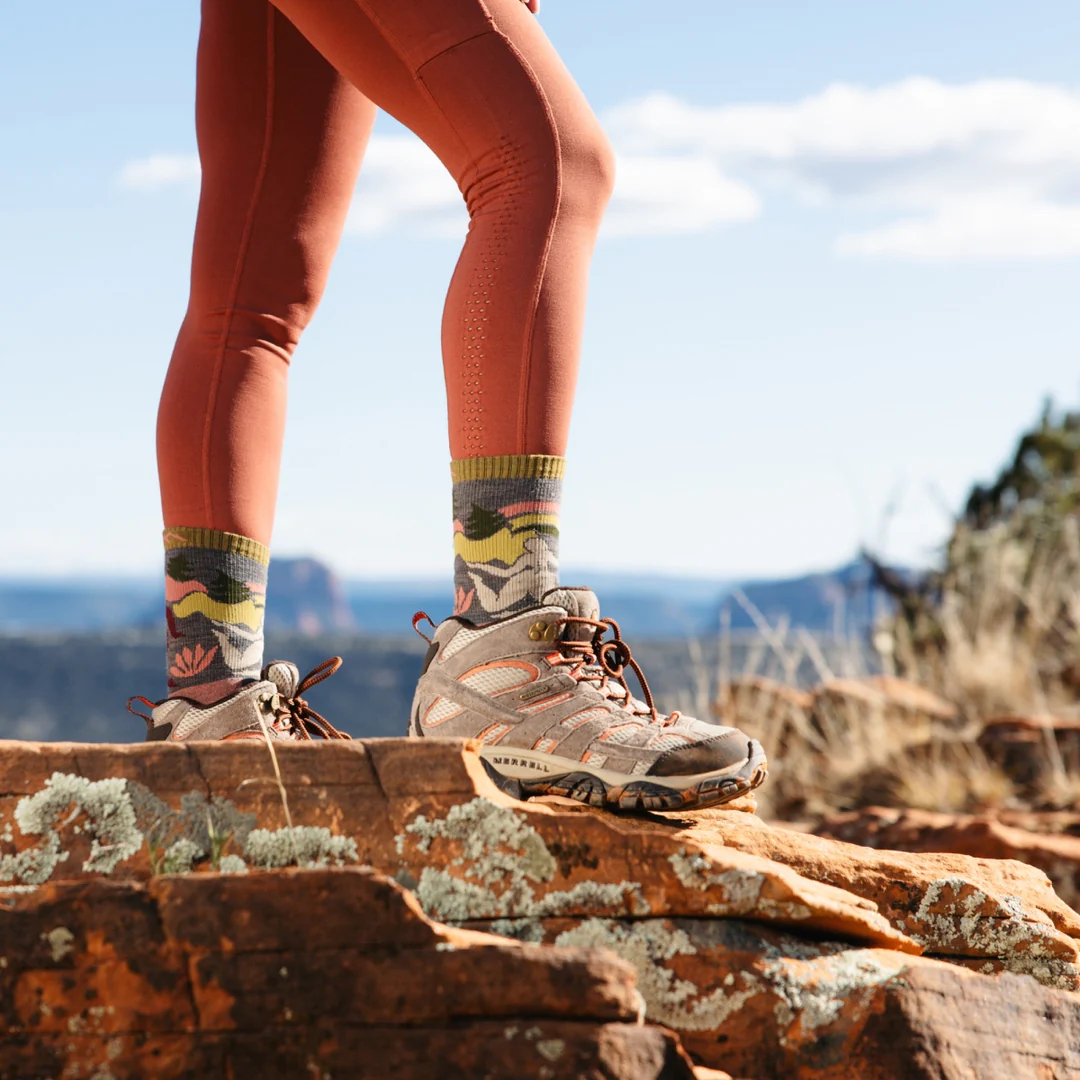I. Importance of Summer Hiking Socks

When it comes to summer hiking, the right pair of socks can make all the difference in your outdoor experience.
A. Overcoming Heat and Moisture
Summer hikes often come with sweltering heat, leading to excessive sweating. The best summer hiking socks are designed to wick moisture away from the skin, keeping your feet dry and comfortable even during intense physical activities.
B. Preventing Blisters and Hot Spots
Friction and moisture can quickly lead to blisters and hot spots, causing discomfort and potentially ruining your hiking trip. Quality hiking socks offer padding and seamless designs to minimize rubbing and irritation, reducing the chances of blisters forming.
C. Supporting Foot Arches and Ankles
The support provided by hiking socks can make a significant difference in the comfort and stability of every step. Properly cushioned and supportive socks can help reduce fatigue and minimize the risk of injuries during long hikes, especially on challenging terrain.
II. Features to Look for in Summer Hiking Socks
When selecting summer hiking socks, there are several key features to consider to ensure they are suited for warm-weather adventures.
A. Moisture-Wicking Fabrics
Look for socks made from moisture-wicking materials such as merino wool or synthetic blends. These fabrics draw perspiration away from the skin and allow it to evaporate, keeping your feet dry and comfortable throughout your hike.
B. Ventilation and Breathability
Opt for socks with strategic ventilation panels or mesh zones. These features promote airflow and enhance breathability, preventing overheating and allowing your feet to stay cool even in hot weather.
C. Cushioning and Comfort
The best summer hiking socks strike a balance between cushioning and a lightweight, streamlined design. Ample cushioning in the heel and toe areas provides impact protection and comfort without adding unnecessary bulk.
III. Selecting the Right Fit
A. Sock height and coverage
One of the first things to consider when choosing a pair of socks is the height and coverage they offer. Socks come in a variety of lengths, from no-show to knee-high, and the right height for you will depend on your specific needs and preferences. For activities such as running or cycling, you may prefer a taller sock that provides additional coverage and support for your lower legs. On the other hand, for everyday wear or warmer weather, a shorter sock may be more comfortable and practical. When selecting the right height, it’s important to consider the type of shoes you will be wearing as well, as certain styles may require a specific sock height for optimal comfort and performance.
B. Proper sizing and snugness

In addition to the height of the socks, it’s crucial to ensure that they are the right size and fit for your feet. Ill-fitting socks can lead to discomfort, blisters, and even potential injury, so it’s important to choose socks that are snug and provide a secure fit. When trying on socks, pay attention to any bunching or slipping that may occur, as this can indicate that the socks are too big or small. Look for socks that have a comfortable, yet secure fit around the heel and arch of your foot, as this will help prevent them from sliding down or causing friction during movement.
C. Seamless toe closures for reduced friction
Another important aspect to consider when selecting the right fit for your socks is the toe closure. Socks with seamless toe closures are ideal, as they can help reduce friction and minimize the risk of blisters and irritation. When trying on socks, pay attention to the seams around the toe area and opt for styles that are designed with seamless construction for added comfort and protection.
IV. Material Matters
A. Merino wool benefits
When it comes to the material of your socks, there are several options to choose from, each with its own set of benefits. Merino wool, for example, is a popular choice for many outdoor enthusiasts due to its natural moisture-wicking properties, temperature regulation, and odor resistance. Merino wool socks are soft and comfortable against the skin, making them an excellent choice for various activities, from hiking and camping to everyday wear. Additionally, Merino wool has durability and ability to retain warmth even when wet, making it an ideal option for cold and damp conditions.
B. Synthetic fabric advantages
Synthetic fabrics, such as polyester and nylon, are also commonly used in the production of socks due to their moisture-wicking capabilities, durability, and quick-drying properties. They are often preferred for high-intensity activities and warm weather, as they are are effectively wick away sweat and keep the feet dry and comfortable. Additionally, synthetic socks are typically more affordable and easier to care for than natural materials, making them a practical choice for those who are constantly on the go.
C. Blends and hybrid options
In addition to Merino wool and synthetic fabrics, there are also socks available that are made from a blend of materials or feature hybrid constructions. These socks combine the benefits of different materials to offer a well-rounded performance that meets the specific needs of the wearer. For example, a blend of Merino wool and nylon may provide the warmth and softness of wool with the added strength and durability of nylon, creating a versatile and functional sock for various activities.
V. Special Considerations for Summer Hiking Socks

A. Antimicrobial and odor-control properties
During the hot and humid conditions of summer hiking, your feet are more prone to sweat and moisture, which can lead to bacterial growth and unpleasant odors. Therefore, it’s crucial to choose summer hiking socks with antimicrobial and odor-control properties. These features help prevent the growth of odor-causing bacteria and keep your feet feeling fresh and comfortable throughout your hike. Look for socks that are made with materials specially treated to inhibit microbial growth, such as silver or copper-infused yarns, as these can help keep your feet odor-free even during long and challenging hikes.
B. UV protection for sun exposure
Spending extended periods outdoors in the summer means increased exposure to harmful UV rays. Protecting your skin from sunburn is a priority, but it’s important to also consider the protection of your feet. Summer hiking socks with built-in UV protection can shield your skin from the sun’s harmful rays, reducing the risk of sunburn and long-term skin damage. Look for socks which indicate the level of UV protection provided by the fabric. Choosing socks with a higher UPF rating can provide added peace of mind and protection during your summer hikes.
C. Quick-drying capabilities for stream crossings
Summer hiking often involves navigating through streams, rivers, or unexpected rain showers, which can leave your feet wet and vulnerable to blisters and discomfort. Therefore, selecting socks with quick-drying capabilities is essential for maintaining the comfort and integrity of your feet during these wet conditions. Look for summer hiking socks made from moisture-wicking materials, such as synthetic fabrics or Merino wool blends, which are designed to efficiently draw moisture away from the skin and promote rapid evaporation. Additionally, consider socks with strategic cushioning and ventilation to aid in the quick drying process and prevent waterlogged feet during and after stream crossings.
In conclusion, selecting the right pair of socks involves considering several key factors, from the height and coverage of the socks to the material they are made of. By taking the time to assess your specific needs and preferences, you can ensure that you choose socks that are comfortable, functional, and well-suited for your intended activities. Whether you opt for Merino wool, synthetic fabrics, or a blend of materials, the right pair of socks can make a significant difference in the comfort and performance of your feet.
